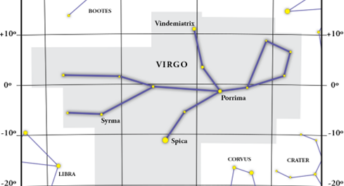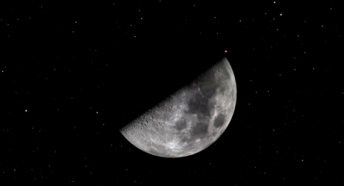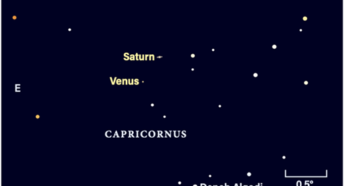March 2024 Dark Skies
In the tranquil village of Hawnby, nestled within the North Yorkshire Moors, residents have dimmed their lights, earning ‘dark skies status’ and revealing the cosmos above. Their efforts have unlocked celestial wonders, transforming the village into a sanctuary for stargazers.
Firstly, a great article in the Yorkshire Post of 24.02.24 also in the Daily Express.

The national park was designated as an International Dark Sky Reserve by Dark Sky (formerly International Dark-Sky Association) in December 2020, one of only seven in the UK, making it officially one of the best places in the country to see the stars. And now rural residents in Hawnby have joined in in the spirit of the reserve, after turning down the exterior lights to become one of the darkest areas in Britain.
Homeowners in the village in the North York Moors are now treated to incredible views of the cosmos after every exterior property and street light was dimmed to reduce light pollution.
I hope you enjoyed the late month full moons and clear skies in the mornings for some outstanding lunar viewing.
The seasons are beginning to change and we have the transition of a Winter sky to a Spring sky. The Winter domination by Orion will begin to subside as it dips away in the western skies allowing new constellations to come into view.
From using Orion as a starting point we can now use the Plough / Ursa Major as our guide point to navigate the skies. Some times just referring to the pan in the sky is helpful

If you are a beginner try to locate the Pole Star – estimate the distance between the two stars in the “pan” farthest away from the end of the handle and estimate four /five times the distance in line with these two stars to find Polaris.
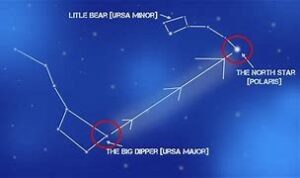
The last star in the handle Alkaid points the way in the night sky to a very bright star on the horizon – called Arcturus in the constellation of Bootes, You can use the diagram below to find Bootes. This allows you tom locate the globular star cluster M3.
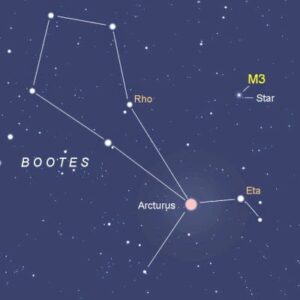
M3 was discovered on May 3, 1764 and was the first Messier (Hence M) object to be discovered by Charles Messier himself. Messier originally mistook the object for a nebula without stars. This mistake was corrected after the stars were resolved by William Herschel around 1784 Since then, it has become one of the best-studied globular clusters.
Planet wise the only real “easy” views are of Jupiter though this planet diminishes towards the end of the month.
Venus is an early morning low bright object to the East Southeast at its best on Marrch 1st. Planetary Pick of the month is Mercury in the west. On march 7th Mercury sets just 40 minutes after sunset and if you are in the plain of York – flattish or on the moor tops flattish you may catch a glimpse. Later inn the month it is easier to see when it sets an hour after sunset.
We are visited by two comets this month, the first being Comet C/2001 S3, 1st to 17th March and in late March. And Comet 12P/Pons-Brooks at similar dates. Check the national news for information about these as they are not the easiest to spot.





